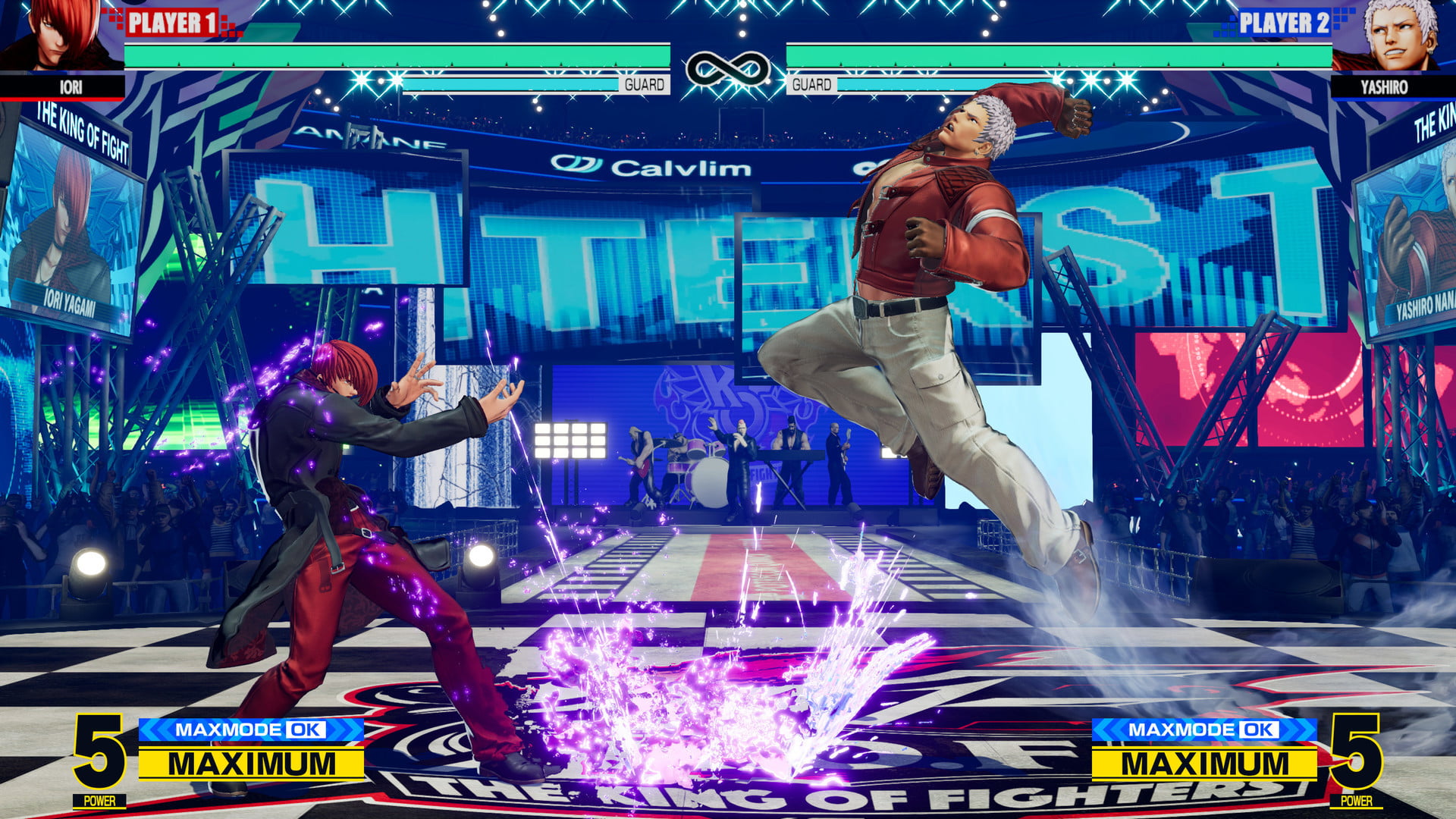Fighting games are one of the most iconic gaming genres out there. From the arcades and cabinet-to-cabinet bouts with Street Fighter 2 to home consoles featuring online netplay across the country with Street Fighter 5, these titles and more like them have become engrained in gaming culture.
Despite how important fighting games are to the medium’s history, the genre hadn’t really grown up much since its arcade days. That was especially apparent in their archaic online implementation, which was holding back their potential. It wasn’t until the COVID-19 pandemic that the genre was forced to modernize and finally act its age.
Staying competitive
For quite some time, fighting game fans have sat on the sidelines and watched as games like Fortnite, Dota, League of Legends, and more receive endless support and great online capabilities. That support turns into profit for the companies making them as it keeps their player base active. A dedicated audience means more prize pool money in esports tournaments and competitive support from the companies. The same can’t be said for the fighting genre.
While those titles have been basking in a great light for years, fighting games were stuck in sepia tone well into the PlayStation 4 and Xbox One generation. While some titles offered lots of extra content with character, costume, and stage DLC, many of the biggest fighting games were still stuck in the past in many areas. We still saw lackluster tutorial modes that barely teach new players how to put together a good combo, let alone how and when to use a fireball. User interfaces continued to be a challenge, with commotion constantly plaguing the screen. Online lobbies routinely crashed or couldn’t even allow more than two users to join a room. And of course, the main culprit is horrible and archaic online networking.
While seemingly every other genre took competition to a countrywide level thanks to dedicated servers, fighting games were left in the dust. That was due to hardheaded developers sticking to networking called, “delay-based netcode.” It not only left fighting games with horrible online experiences, but resulted in many games developed with this networking dead in the water due to the necessity of offline play to keep them alive. A whole genre and generations of competitive players have been in the dark with only one way to seriously compete — and a pandemic that forced esports online only made that worse.
Infil’s Fighting Game Glossary defines delay-based netcode as “an approach to implementing netcode in a fighting game that accounts for network delay by also delaying the local player’s inputs to match. This input delay is variable, since it fluctuates if the network conditions get better or worse, which makes it incredibly difficult to be consistent with reactions or muscle memory, and generally feels like you’re playing “underwater,” since your inputs are not responsive.”
The definition perfectly describes why a reaction-perfect and execution-heavy genre like fighting games needed to evolve past it.
On the other side of the spectrum is rollback netcode: “An approach to implementing netcode in a fighting game that plays your own inputs immediately, and then rewins and resimulates (or “rolls back”) the game if network delay causes inconsistencies,” Infil’s glossary states. “Rollback is the best known netcode solution for fighting games; since all your local inputs come out without delay, the game feels like offline play, and clever design choices can often hide any network trouble as well, leaving you with a close to flawless online experience even across long distances.”
Would you believe me if I told you that this solution to poor fighting game networking was created in 2006 and has been boasted in plenty of games since then? If you said no I wouldn’t blame you since it’s fallen on deaf ears for years, with the heaviest modern example being seen in Nintendo’s Super Smash Bros Ultimate.
Grow up
Enter 2020 and 2021. The COVID-19 pandemic resulted in a stay-home mandate and social distancing kept players from gathering at tournaments offline. Hyped-up games like Granblue Versus were released into an early grave and games like Dragon Ball FighterZ and Ultimate Marvel vs Capcom 3 were only being kept competitively alive due to players finding new ways to play through Google and Amazon Cloud servers.
Fighting games were in dire need of modern solutions to age-old issues. They had no choice but to grow up.
June 11, 2021, saw the release of Guilty Gear Strive, a game boasting some of the best netplay of any fighting game out there. Because of this, it’s been able to be the home of serious competition country-wide at all times. Many other upcoming fighting games are receiving the same treatment as well. The King of Fighters 15, DNF: Duel, Riot’s Project L, and more upcoming titles will feature rollback netcode. The tides have finally turned for the classic genre and it finally looks like they’ll be able to compete in a crowded competitive scene.
While I, and the entire community of hardcore players, can do nothing but celebrate this growth, there’s something very bittersweet about it too. These changes were ones of necessity brought on by a terrible pandemic that’s changed and taken many lives. It’s always encouraging to see technology evolve and improve, but it’s sad to think that it’s the result of a tragedy.
Even so, it’s nice to finally see a genre I love making the changes it needs to stay on top. For once, the future is looking bright for the world of fighting games. All we can do now is hope that developers continue paying attention to what the genre needs to actually fit into the modern world.
